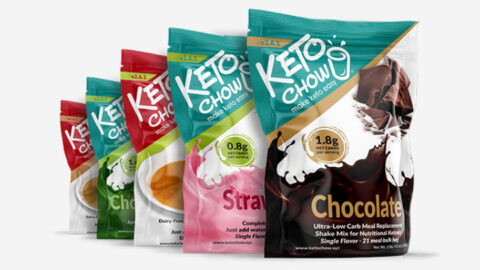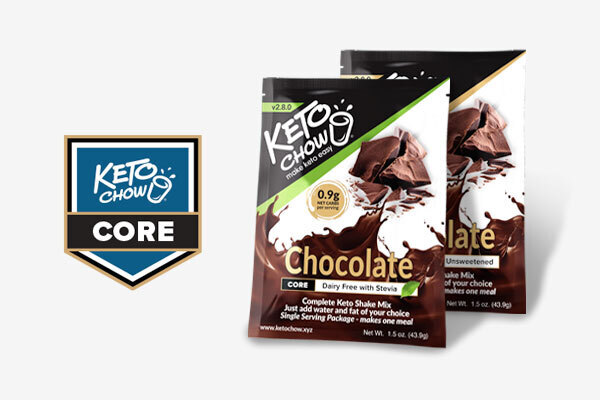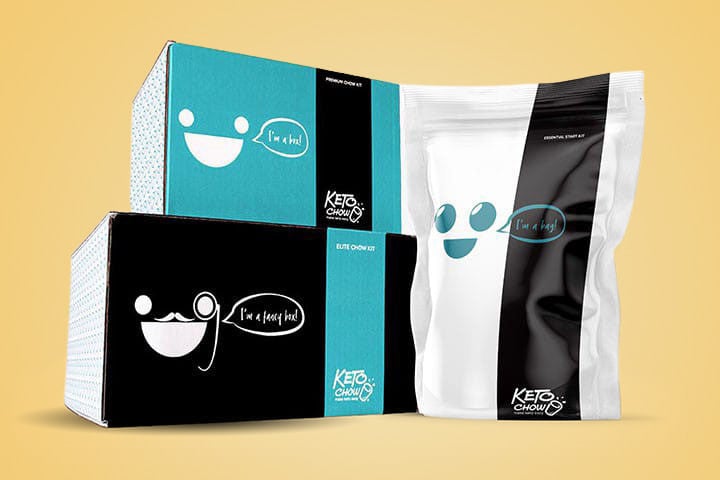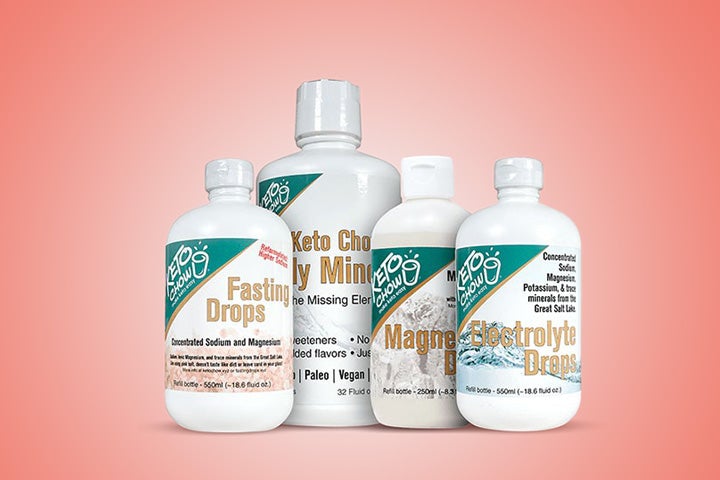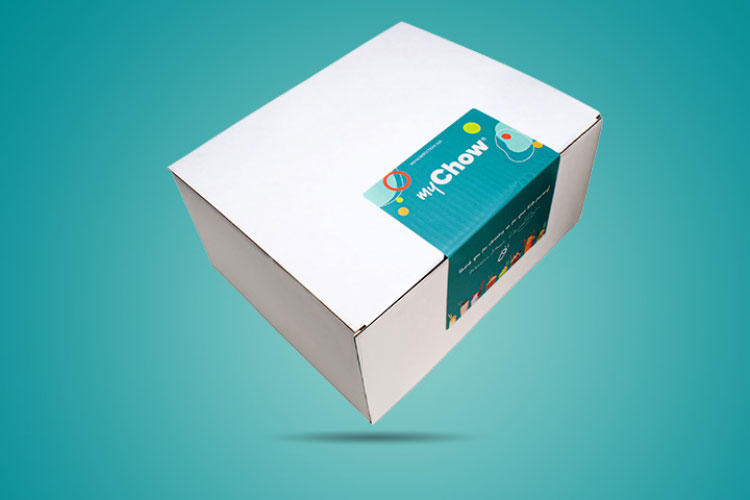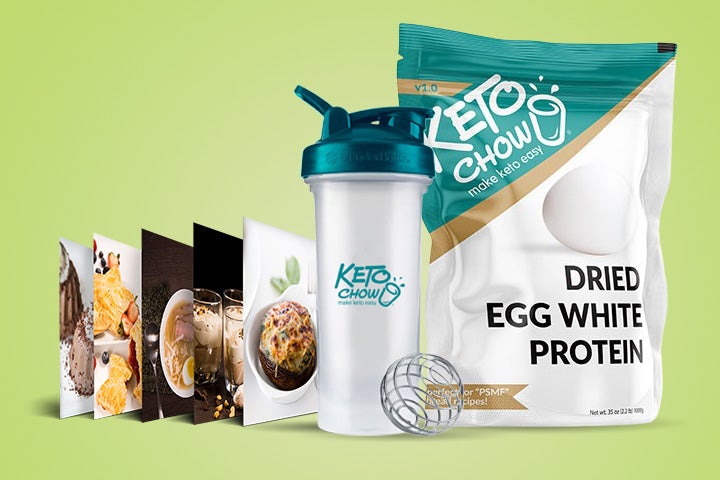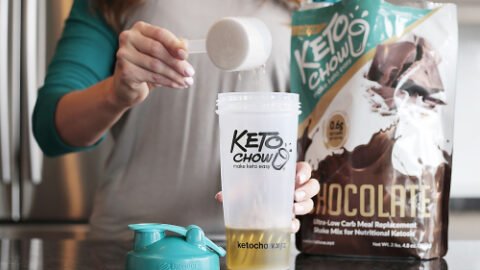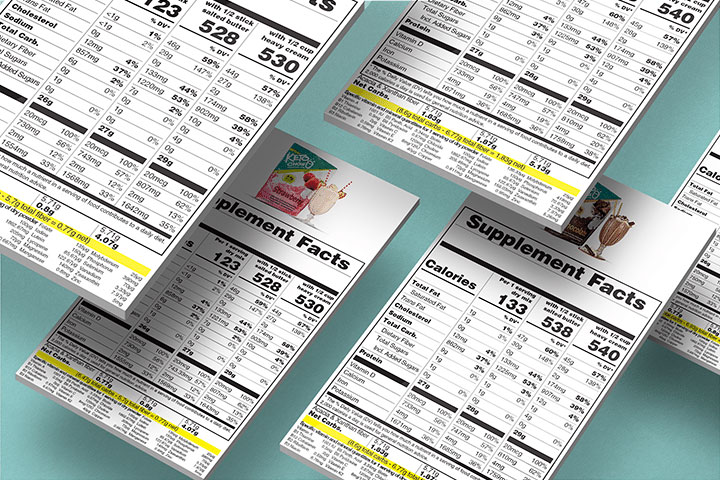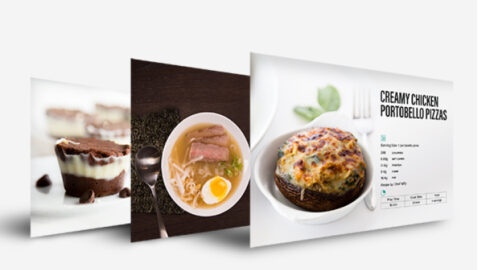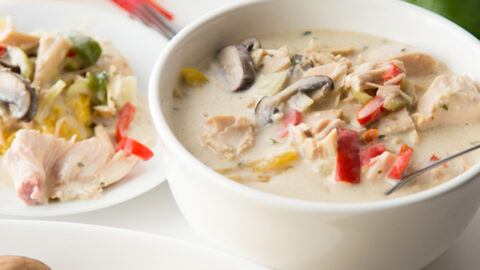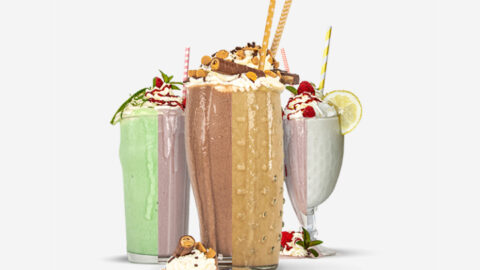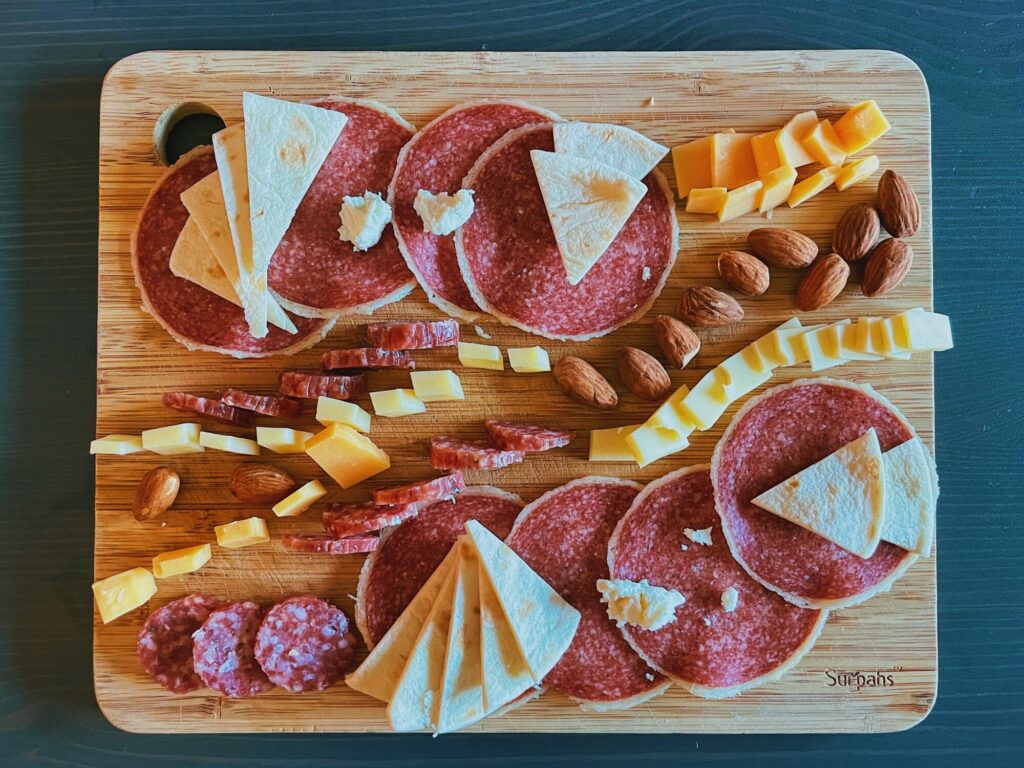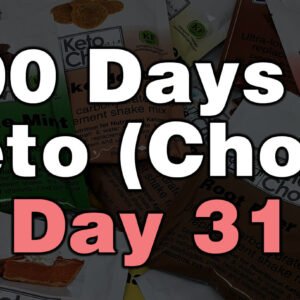There’s been a lot of buzz about increasing protein intake on low-carb diets. Thankfully, misguided fears about gluconeogenesis and lower ketone levels from higher protein intakes have subsided and people are embracing more generous portions of protein-rich foods.
Let’s take a look at some high-protein, low-carb foods and some high-protein options that are budget-friendly in these times of rising food prices.
Animal proteins

Animal proteins are the mainstays of low-carb and keto diets. Not only do they provide protein with little to no carbohydrate, but they also provide healthy fats and micronutrients. Animal proteins are considered “complete proteins” in the nutrition world. This means they provide all the essential amino acids—the ones your body can’t make on its own and so needs to get from food.
Animal proteins also provide select micronutrients that are either completely absent from plant foods or which are better absorbed from animal foods than from plant foods—such as vitamin B12, iron, zinc, carnitine, carnosine, and vitamin A (as opposed to beta-carotene and other vitamin A precursors found in plants foods).
So which foods fall into this category?
Meats

The list is pretty long and includes any animal protein you can think of:
- beef,
- lamb,
- bison,
- pork,
- poultry (chicken, turkey, duck, other fowl),
- seafood and shellfish,
- rabbit,
- and wild game meats, such as venison, elk, moose, alligator, and more. (Even kangaroo!)
And it’s not just muscle meats, like steaks, roasts, chops, and ground meats. Organ meats fit here, too, like liver and chicken gizzards.
Dairy products

Dairy products are other animal foods that are rich in protein, depending on which ones you choose. As protein sources, cottage cheese and Greek yogurt are slightly higher in carbs compared to muscle and organ meats, but they are still well within the umbrella of low-carbohydrate foods.
Keto Chow
Keto Chow is a meal replacement shake with over 30 flavors. This shake has 1/3 of your daily recommended nutrients, so you’re not only getting a high amount of protein, but you’re also getting fiber, vitamins and minerals! (While some of the flavors use bone broth, the rest use milk protein as their protein source, which is why it is listed here.)
Eggs

And of course, who could forget eggs? Eggs are loaded with nutrients and are the richest source of choline in most people’s diets. Buying eggs that are fortified with omega-3 fats (typically because the hens’ feed included flaxseed or fish meal) can be a good way for vegetarians to get more long-chain omega-3s than they might otherwise consume in a diet without seafood.
Plant proteins

Don’t hate on the plant eaters! Plant foods do provide protein, but the proteins in grains, legumes, nuts and seeds are not considered “complete” proteins because some of them contain relatively low amounts of certain essential amino acids.
(This is why, traditionally, plant foods were combined—so that the nutritional profile would be more robust. Think rice and beans, or corn and beans.)
As mentioned above, apart from the amino acid issue, plant foods are low in certain nutrients or contain compounds that make it harder for your body to absorb the nutrients they do contain.
(For example, phytic acid in grains, beans, and nuts binds to magnesium, zinc, iron, and calcium, rendering them less available to the body—although there are ways to prepare these foods that help to reduce the effect of phytic acid.)
To be clear, this doesn’t mean you shouldn’t bother getting protein from plant foods. It can be more difficult, however, to get everything you need if you rely exclusively on plant foods to supply all your protein and micronutrient needs.
Additionally, some of the go-to higher protein foods from the plant kingdom are too high in carbohydrate for people following low-carb or ketogenic diets anyway.
Beans, buckwheat, quinoa, etc.

Very small amounts of things like beans, buckwheat, quinoa, and wheat berries may fit into a low-carb diet, but they’re not a great idea for strict keto, especially when you can get much more concentrated protein from foods that are virtually zero carb.
Nuts and seeds

Nuts and seeds are considered good protein sources in vegetarian and vegan diets. These can obviously fit into a low-carb or keto diet but they’re best avoided or eaten only in small quantities if you’re struggling to lose weight.
(Nuts are low in carbs but they’re highly concentrated in fat. Just because something’s low in carbs doesn’t mean you can eat an unlimited amount of it and still get the fat loss results you’re aiming for. And peanuts and cashews—two of the highest protein “nuts”—are relatively high in carbs compared to other nuts, since they’re technically legumes and are closer to the bean family than to true nuts.)
Plant-based protein powders

Vegetarians and vegans can use plant-sourced protein powders to increase the protein content of their diet, such as from soy, pea, or rice proteins.
(They’re made from beans or grains but the isolated proteins are very low-carb.) Even omnivores can use these if they want, but there’s less of a need since omnivores can get more than enough protein from animal foods.
Protein on a budget

Food prices are rising, and it’s especially obvious in the meat section. The obvious solution to this is to look for sales and stock up! Fill your freezer. Buy multiple packages of the same foods if they’re on sale. Using different seasonings can make the exact same ingredients taste like a completely different dish, so even if you eat the same proteins a few days in a row it’ll seem like something entirely new.
Canned proteins

Canned proteins (tuna, salmon, sardines, mackerel, chicken breast, SPAM®) are ideal to stock up on when there’s a sale. And here’s a pro-tip: when they’re not on sale, you might be able to create a sale of your own. Some supermarkets provide a 10-15% discount when you buy a whole case of something.
Ask the manager at your local store if they do this, and then you’ll get a lower price just for buying in bulk. Consider doing this for other non-perishable proteins, too, like zero-sugar beef jerky and meat sticks.
Eggs

And once again, eggs to the rescue. Eggs are an incredibly budget-friendly protein choice. Even eggs that boast the most marketing claims (humanely raised on pasture, organic, omega-3, etc.) are typically a bargain.
Six dollars might seem like a lot of money for a carton of eggs when one used to cost a fraction of that, but think about it: that’s just 50 cents per egg. Pretty hard to beat! (And conventionally produced eggs only cost about half that.)
Meat on the bone

Another way to stretch your low-carb protein dollars is to favor meat on the bone and buy larger cuts. (Meat cooked on the bone always tastes better anyway—any chef will tell you that!) Chicken drumsticks and leg quarters tend to cost less per pound than boneless breasts.
And whole chickens tend to be the least expensive of all. Roast a whole chicken and use the carcass to make broth, or boil it to make stock and you can use the meat for chicken salad, chicken chili, tacos, or any number of other dishes.
Whole or half pork loins and pork shoulders (also called picnic shoulder or Boston butt) are typically cheaper than pork chops or ribs. These might seem a bit intimidating, but if you’ve got a slow cooker, pressure cooker, or even just a regular ol’ oven, there’s nothing to it. Find a simple recipe and enjoy.
Making protein quick & convenient

In almost a decade as a low-carb nutritionist, I’ve learned that making protein convenient to grab in a pinch is critical for people sticking to a low-carb or keto diet for the long term.
After all, when you’re stressed out, in a rush, or you come home after a long day and you’re ravenous, it’s easy to just grab whatever’s handy rather than taking the time to cook a meal, and most of the time, what’s handy is carbs. A bag of granola. A box of cereal. A slice of bread.
Batch prep and keep your kitchen stocked

But you can make protein foods every bit as convenient by cooking large amounts in advance, and also keeping your fridge and pantry stocked with proteins you don’t have to cook at all. I already mentioned canned seafood—that’s great protein that you can chow down on as soon as you pop the lid open.
Also consider keeping a variety of deli meats on hand, or bags of pre-cooked chicken strips. Take advantage of the rotisserie chickens most stores have now. These items will have trace amounts of carbs in their seasonings, but this is a tradeoff well worth making in exchange for the convenience.
That small amount of carbohydrate will be trivial compared to scarfing down crackers or pretzels because nothing else was ready. Don’t let perfect be the enemy of good. (For deli meats, though, stick to ones you know are lower in carbs, like roast beef, pastrami, and roasted turkey, rather than “brown sugar ham” or honey-baked turkey.
It’s okay to have a couple extra carb grams for the sake of convenience, but it’s easy to steer clear of the worst offenders.)
Go big when meal prepping

Regarding cooking in advance, go big or go home. When I recommend that clients cook in bulk, they don’t always appreciate the degree of “bulk” I have in mind. Cook large quantities of food—more than you think you should. More than you think is even reasonable.
It doesn’t take much more time to cook a large amount of food than it does just a little, so you might as well cook more. If you’ve got the grill going, don’t bother cooking just one or two steaks. Grill six or eight, and throw eight or ten chicken breasts or pork chops on while you’re at it.
All of these can be eaten over the next several days, added to main meals or even grabbed in a pinch as a quick snack. Slice up a steak and eat it cold, dipped into blue cheese dressing—low-carb paradise! Dip a cold chicken breast in ranch dressing or guacamole—keto really is as simple as that.
Boil three or four pounds of shrimp all at once and keep them in a bowl in the fridge—the perfect thing to put into a bag or plastic container to take out the door with you.
If you’re making hard-boiled eggs, don’t mess around with just one or two. How about one or two dozen? They’ll last a long time in the fridge and there aren’t many low-carb foods that can beat the price and convenience. (Check out this video for specific tips on bulk and advance protein prep.)
Summing up

Don’t overthink this. Protein is pretty straightforward on low-carb and keto diets. You might need to manage your protein intake more carefully if you’re using keto as therapy for a serious medical condition (like epilepsy), but for overall health and wellbeing, don’t worry about getting “too much protein.”
Most people—women especially—could probably benefit from more protein in their diet, not less. If you’re worried about your blood glucose and insulin, focus on limiting carbs, not protein.
Fatty animal proteins are the foundation of low-carb and keto diets, and if you’re struggling with weight loss, simply favor leaner meats rather than the fattier cuts.
Looking to make meal prep easy?

Although this has already been mentioned, it deserves another shout out. Keto Chow is the perfect solution for those looking to save hours of time spent on meal prep. Simply add a serving of the shake mix, your choice of fat and around two cups of water to a BlenderBottle®. Then shake, refrigerate and enjoy!
Keto Chow is amazing because it has 1/3 of your daily recommended nutrients. That means you can replace one or two of your meals a day with this shake. It’s also great because you can choose from over 30 flavors.
